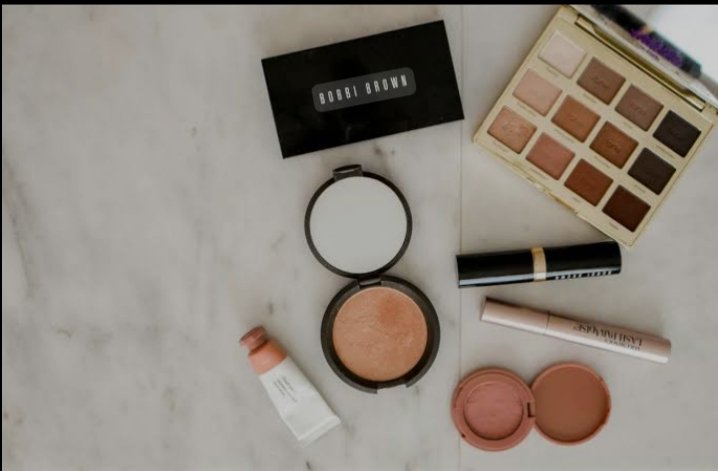MAKEUP is a cosmetic application used to enhance, alter, or modify physical appearance. It can:
- Conceal imperfections (acne, scars, dark circles)
- Accentuate features (eyes, lips, brows)
- Change appearance (skin tone, facial structure)
- Express creativity (artistic designs, bold colors)

Types of Makeup:
- Foundation: Evens skin tone, conceals imperfections
- Concealer: Covers specific areas (dark circles, blemishes)
- Powder: Sets foundation, reduces shine
- Blush: Adds color to cheeks
- Eyeshadow: Colors eyelids
- Mascara: Lengthens, thickens eyelashes
- Eyeliner: Defines eye shape
- Lipstick/Lip Gloss: Colors lips
- Nail Polish: Colors fingernails/toenails

Makeup Techniques:
- Contouring: Defines facial structure
- Highlighting: Accentuates features
- Strobing: Creates radiant glow
- Smoky Eyes: Dramatic eye look
- Natural Look: Enhances features without dramatic changes
Makeup Tools:
- Brushes (various sizes)
- Sponges
- Makeup pads
- Tweezers (brow shaping)
- Lip liner
Makeup Industry:
- Cosmetics companies (e.g., Estee Lauder, L'Oreal)
- Professional makeup artists
- Influencers/Bloggers
- Makeup schools/training programs

History of Makeup:
- Ancient Egypt (kohl eyeliner, malachite eye shadow)
- Ancient Greece/Rome (natural ingredients, cosmetics)
- Middle Ages (limited makeup use)
- 20th century (modern cosmetics industry emerges)
Cultural Significance:
- Self-expression
- Confidence booster
- Social status indicator
- Cultural/traditional practices (e.g., Geisha makeup)
Makeup Safety:

- Hygiene (clean brushes, hands)
- Allergic reactions (patch testing)
- Expired products
- Proper removal